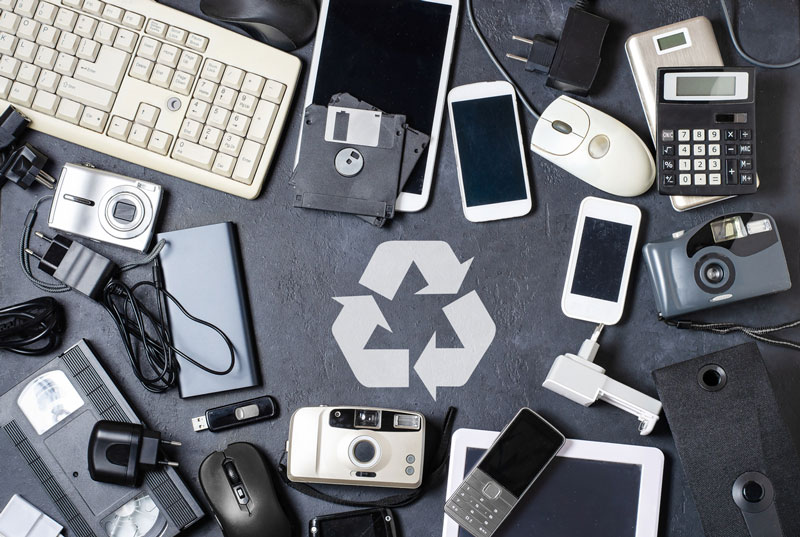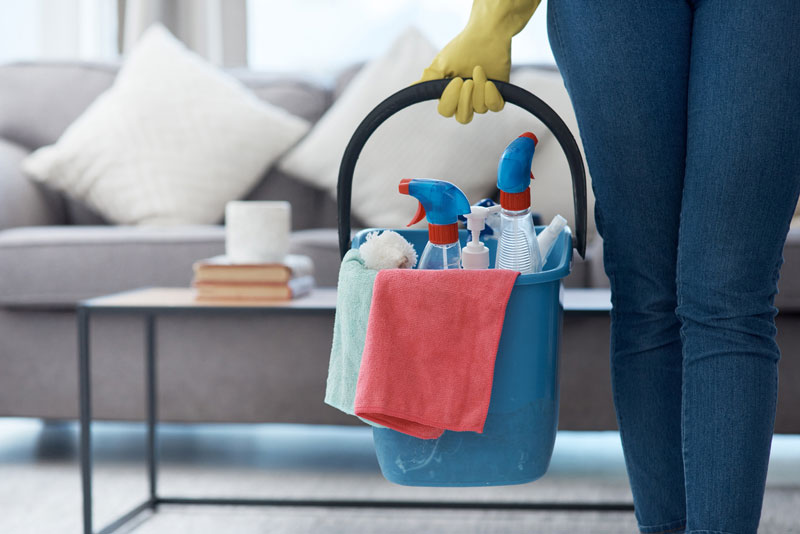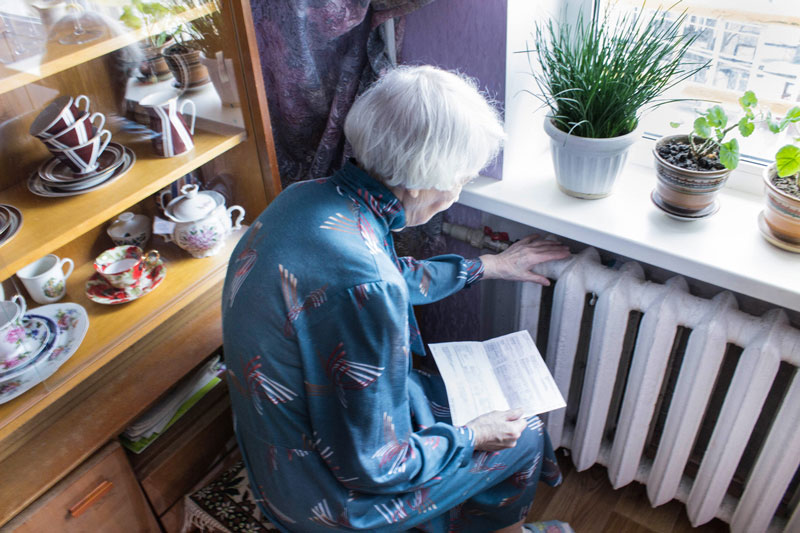
Photo Credit: iStock/R_Tee
A lot of products that we use around the house to keep our homes and ourselves clean, safe, and fresh contain chemicals that are toxic and harmful to the environment and public health. These include everyday use items ranging from dishwashing detergents to nice-smelling deodorants. The harmful chemicals they contain can cause all sorts of troubles including explosions, fire, poisoning, and more.
While we do need these products, it is critical to handle them safely. This means their safe usage, storage, and then eventual disposal. This last bit is our topic of discussion today.
With recycling rates in America already declining, it is crucial to make people aware that Household Hazardous Waste needs its own proper handling. We cannot put it away with the rest of our garbage. We can’t pour it down the drain or dump it on the ground either. Doing so can lead to exposure to ignitable and toxic chemicals that can harm human life as well as cause damage to the environment.
So, before we get to careful ways to handle HHW, let’s first take a look at 5 most common streams of this problem.
E-waste is one the most pressing environmental issue in the country. Every year, we generate millions of tons of harmful electronic waste by throwing away our electronic devices in the garbage. Items such as monitors, laptops, mobile phones, batteries, LEDs, and others contain a multitude of harmful chemicals that are poisonous to the environment.

Image Source: iStock/Andrey Mitrofanov
Some of these chemicals are cadmium, mercury, lead, and many other flame retardants. In landfills, these toxins eventually get released into the air or the soil, worsening the public health and environmental safety crisis.
While the people, governments, and companies have started to look for creative solutions to handle the soaring problem of e-waste, it will take a lot of time for those efforts to bear fruit. In the meantime, safe handling of these items – properly sending them to e-waste recycling companies, for example – are the only way to address the issue.
Another common household item containing harmful chemicals is an all-purpose cleaner that we often use around the house. These cleaner usually contain toxic chemicals such as ammonia, sodium hypochlorite, aminobutyl acetate, and others. If not properly handled, these ingredients can cause irritation to skin, eyes, nose, and throat.
Unless you wear protective gloves while using such a cleaner and ensure good circulation in the room, the toxins can give you all kinds of allergies. The situation can become even worse if you decide to mix an ammonia-based cleaner with bleach. These unauthorized mixes can release acutely poisonous gasses.

Image Source: iStock/PeopleImages
But while most people know not to make such mistakes, and have a good grasp on how to use these products safely, many are unaware about safe disposal protocols. As we said before, you should not pour your cleaners and disinfectants – even a little bit of it in the bottom – down the pipes. Nor should you throw the empty bottles away with the rest of the garbage.
Careful and proper HHW disposal is necessary.
To keep our homes and pets free of fleas, pest, and other infestation, we use a range of pesticides including repellents, traps, sprays, and others. Some of the pesticides perform a preventive role while others are designed to kill. Hence, in almost all kinds of pesticide you see in the market, there are harsh, harmful, life-killing ingredients trapped in neat bottles.
If they are used carelessly or swallowed by animals or children, consequences can be catastrophic. It will be the same if they are thrown away with the rest of your garbage and piled in a landfill. Careful and professional waste handling is necessary to take care of all your pesticide products when you no longer need them.
With paint items, you have a bit of a leeway. While the unused, wet paint can be a serious cause of concern if improperly handled or wasted, dry paint is fine to be treated like the rest of regular household waste.
Some of the most toxic chemicals contained in paint products include culprits like glycol, phenol, formaldehyde, and xylene. Pouring down the unused paint down a drain can cause the toxins to release into soil and water streams, contaminating the environment.
If you have unused, good paint, try donating it or look for a paint exchange program. You can also let the paint dry if you cannot get rid of it and then dispose of it just like any other waste.
Another kind of Household Hazardous Waste that should not become a part of your daily garbage disposal is any kind of product that contains mercury. This may be batteries, thermostats, fluorescent light bulbs, holiday decorations, and other everyday items.

Image Source: iStock/Marina113
Many states have banned household items that contain mercury but some still slip through. If you have got items in your house that use mercury as an ingredient, know that you are dealing with an HHW. Harmful exposure can cause damage to the nervous system, liver, kidneys, and the immune system, too.
To keep our environment and people safe and healthy, and reduce the amount of toxic trash in landfills, proper and careful disposal of HHW is crucial. Here are a few easy ways you can stop on top of your household hazardous waste management routine.
Almost all products that contain hazardous substances use their labels to communicate to the public how to use, store, and dispose of the product and the packaging. Follow those instructions at all times for a healthy home and planet.
Even if you have used up all the product, removing the label may cause serious issues. For example, using it as a container for another harsh chemical resulting in release of poisonous gasses.
Always use hazardous chemicals in the packaging they come in. Transfers can cause exposures which can be dangerous or even fatal.
Mixing products can cause the end product to become even more dangerous, if not at all useless for any purpose. It releases toxic gasses which can be really harmful.
Local and district governments are great ways to reach out to organizations and methods to safely dispose of toxic household items. Companies like Hummingbird International are also great places to learn about your options of safe HHW management.
It may be challenging to stop using cleaning and other products that contain hazardous chemicals but we can try to reduce these purchases. Look for organic cleaners, hygiene products, and other items that are natural and offer safe disposal methods. And every time you run out of an HHW product and go to buy another, make sure you have disposed of the previous one in the proper way with all health and safety protocols intact.
Kelly Sampson is a writer, blogger, and environmental enthusiast. She has strong opinions about climate change, the dogs vs. cats debate, and Oxford commas. She has lent Hummingbird International her engaging and spirited voice and turned our blog into a great place to find valuable information about e-waste, e-waste recycling, and the ITAD industry. Explore our blog to read more of her work.